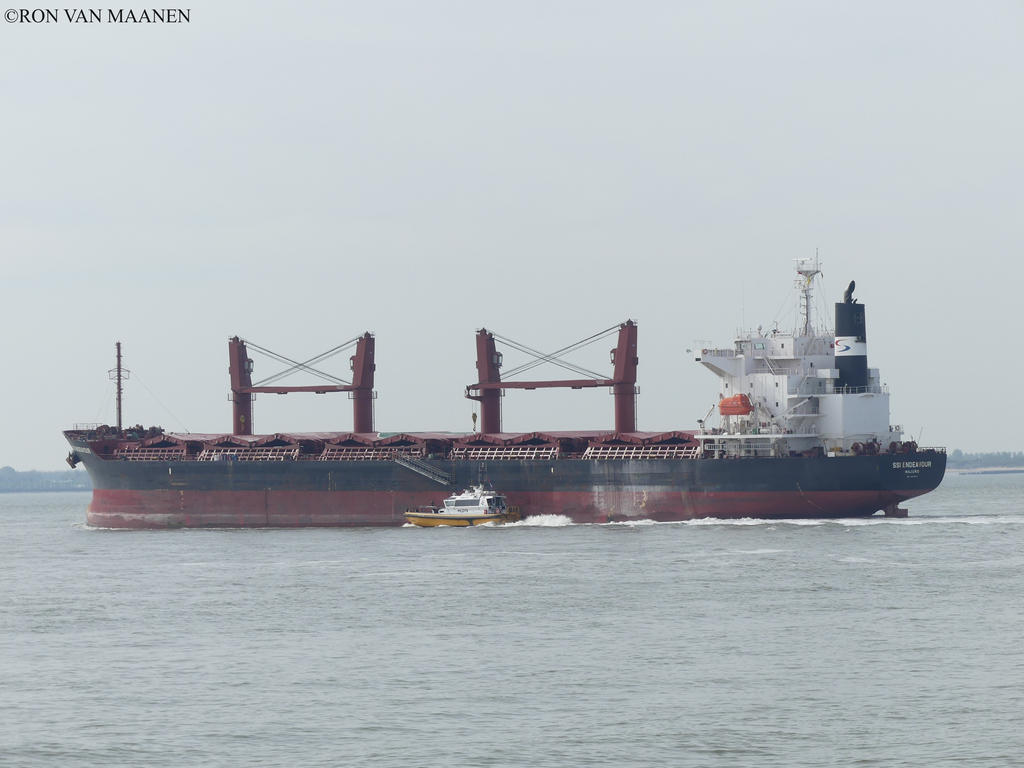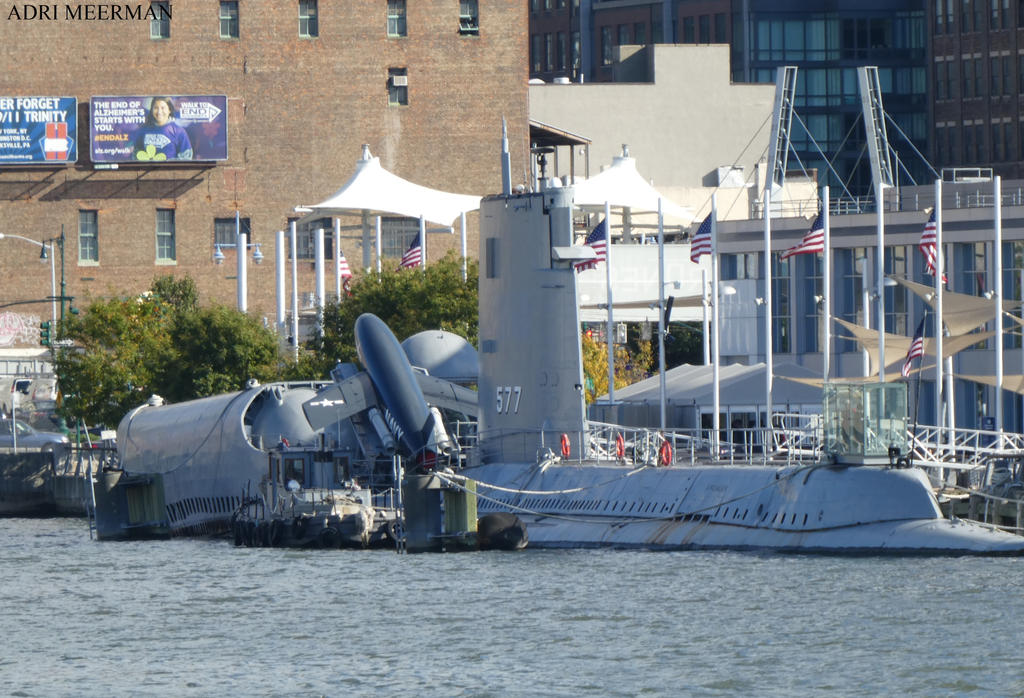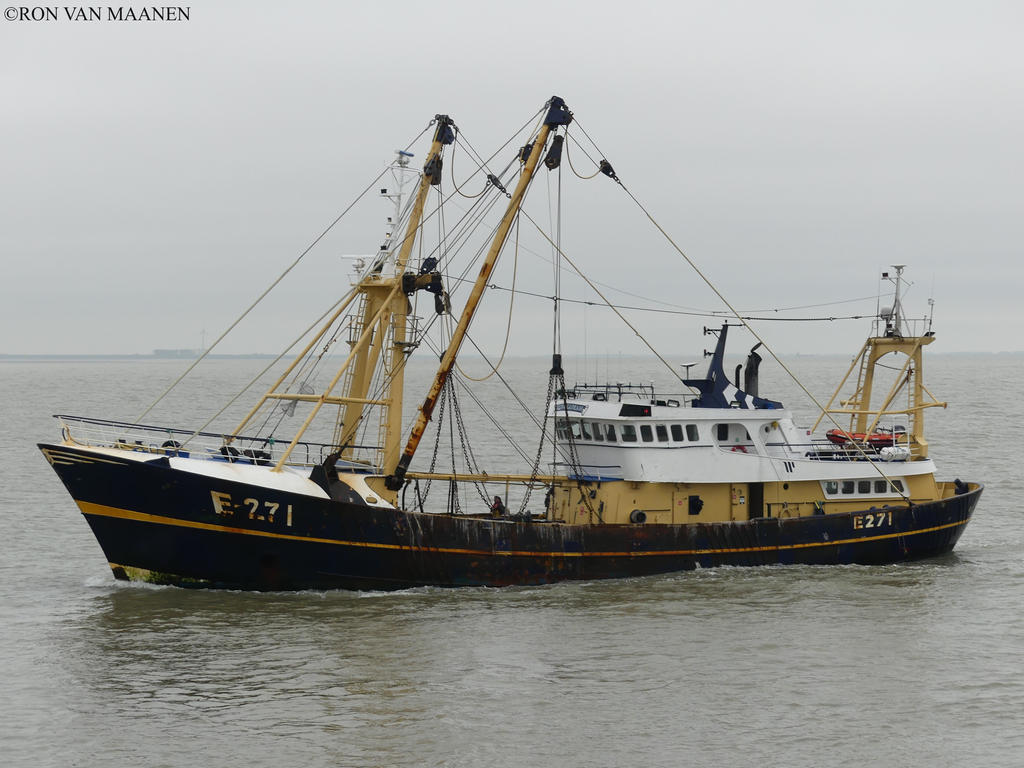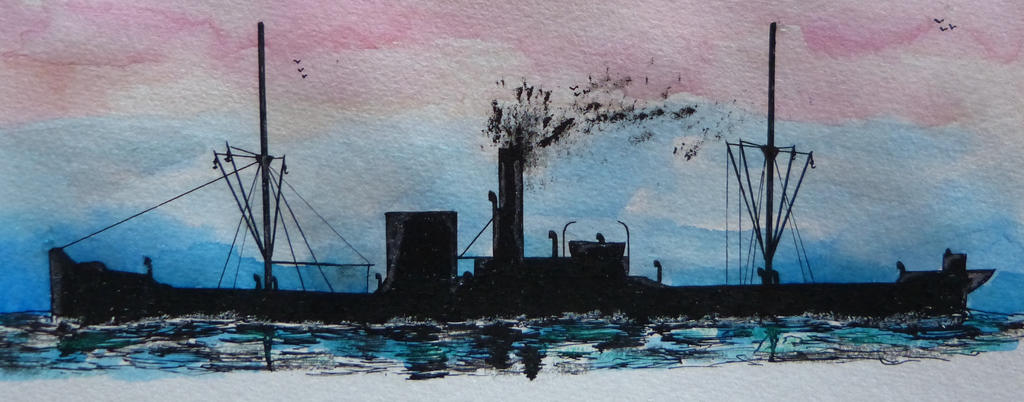Fuel weight 2,784 LT. Dimensions 791.1 x 98.2 x 26.5 x 55.8 (freeboard) feet. Range 4,300 (at 30 knots)-2,200 (at 50 knots) nautical miles.
Performance of a representative DFM-fuelled Amphibious Assault Ship (LHA) in 1975. Displacement light 40,000 tons and dimensions 794 (waterline) x (98.6 waterline) x 26.3 (ship draft) x 56.7 (ship freeboard) feet. Propulsion 2 screws. Horsepower 80,000 hp. Maximum speed 25 knots. DFM fuel weight 2,570 LT. Cruising speed 20 knots. Range at cruising speed 10,000 nautical miles based on 10 percent fuel reserve rounded to nearest 50 nautical miles.
Amphibious Assault Ship (LHA) general applicable for the next specific warfare areas:
ASMD=self protection against anti-ship missiles
AAW=force attribution of airborne threats
ASUW=warfare against surface ship threats
ARW=strike warfare using carrier-based tactical air
EW=electronic warfare
CAC=command, control and communication
CDS=combat direction systems
SURV=surveillance
AMW(L)=amhibious lift capability
NGFS=naval gunfire support
MIW=mine warfare
MLS=mobile logistic support for sea-based forces
Principal mission characteristics
Mission: projection amhibious lift
Duration in day: 25.5
Range in nautical miles: 10,000
Mission description: transit to/from amhibious objective area. Five days in op area. 20 knots speed of advance
Ship operational parameters
Days in transit: 20.5
Transit day profile hours: 2
Transit day profile in knots: 4
Transit day profile in nautical miles: 48
Days in op area: 5
Total time at speed in hours: 41
Total time at speed in knots: 24
Ship operational parameters
Days in transit: 20.5?
Transit day profile hours: 22
Transit day profile in knots: 20
Transit day profile in nautical miles: 440
Days in op area: 5?
Total time at speed in hours: 451
Total time at speed in knots: 20
Source
Hydrogen. Hearings before the subcommittee of energy research, development and demonstration of the committee on science and technology U.S. House of Representatives. Ninety-fourth congress, first session June 10 and 12, 1975, p. 1027 and further.
































